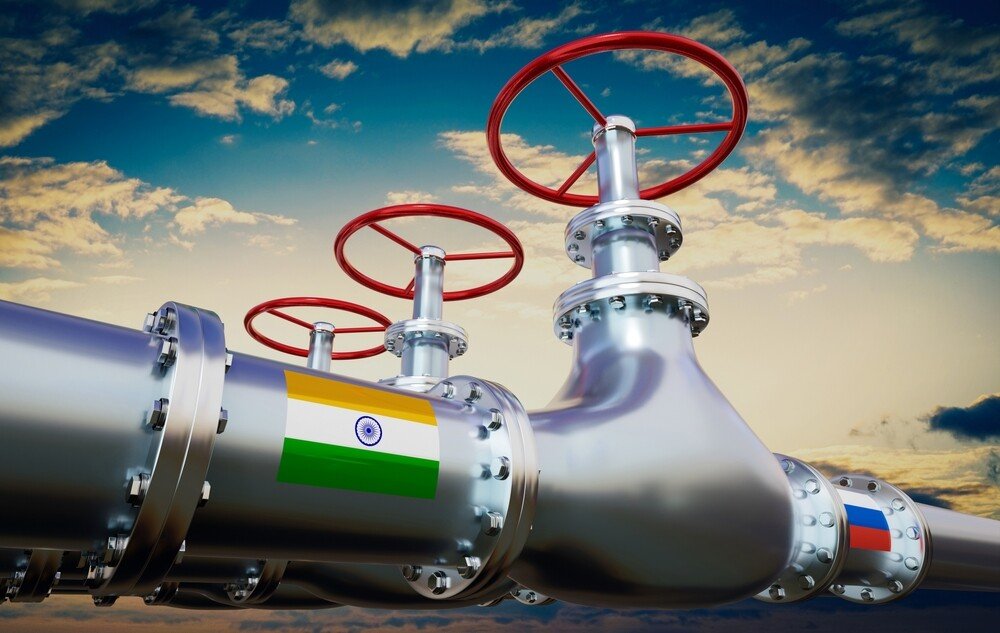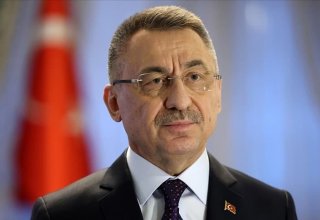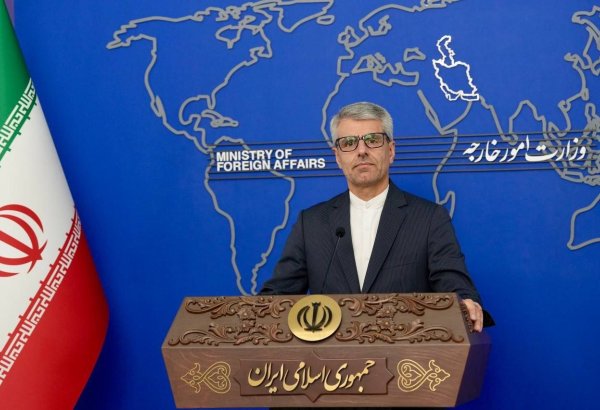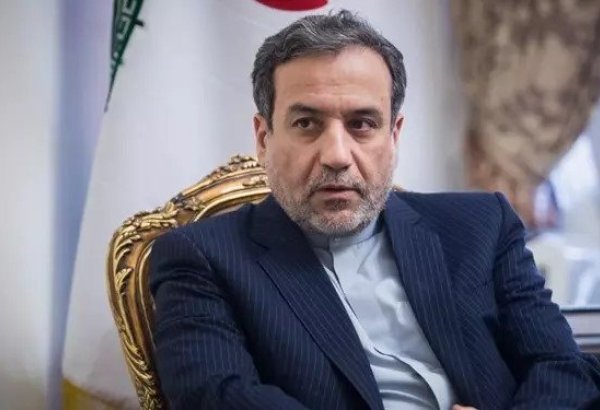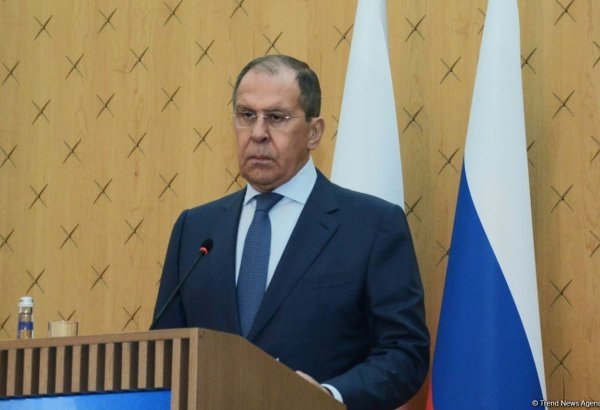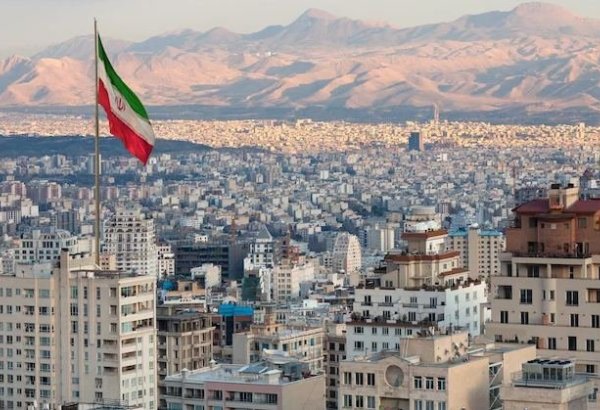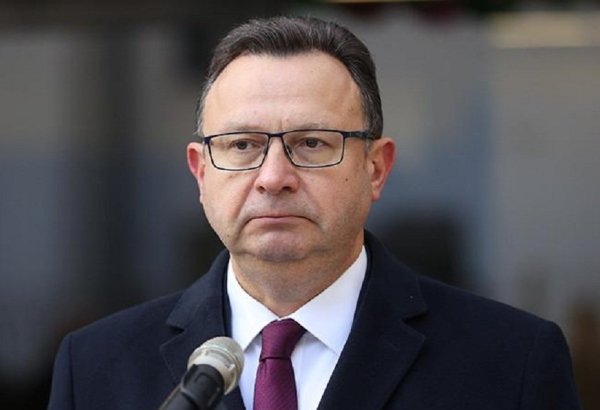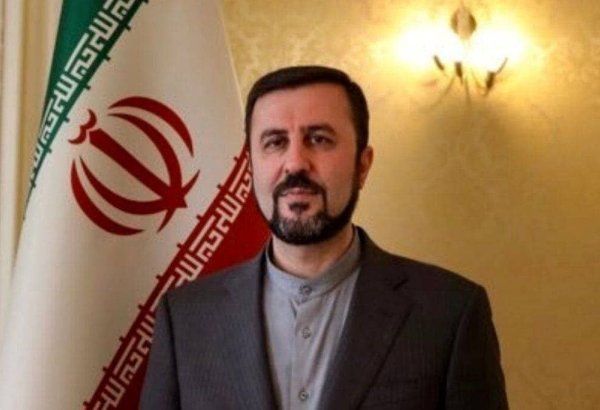BAKU, Azerbaijan, September 4. Sanctions imposed on Russian energy resources due to the Russia-Ukraine war and Europe’s energy transition projects have pushed Russia to seek new energy markets, TurkicWorld reports
The rapidly industrializing countries of South Asia are becoming increasingly important in Russia’s strategic planning. Russia's decision to diversify its economy is driven in part by its access to the Indian Ocean, which offers significant global benefits. Achieving this strategic goal will require support from both Iran and Azerbaijan.
Iran is interested in transporting Russian gas through its territory and establishing itself as a regional hub. Tehran aims to develop a gas hub in Assaluyeh, located on the Persian Gulf. Former Iranian Oil Minister Javad Owji disclosed this plan.
Russia evidently does not aim to resolve Iran's gas supply issues merely by entering a new region, as Iran holds the world’s second-largest gas reserves, following Russia. Sanctions by Western countries, including the United States and the European Union, and the shift toward eliminating Russian gas have further intensified energy cooperation between Russia and Iran.
Historically, a gas pipeline project between Iran and the Soviet Union, the Hajiqabul–Astara–Abadan pipeline, was agreed upon in 1965 and began operations in 1970.
Although this pipeline is no longer active, it is noteworthy for its historical role in gas exchanges between Russia, Azerbaijan, and Iran. The current initiatives aim for long-term and strategic goals.
On June 26 of this year, Russia and Iran signed a strategic memorandum to organize Russian gas supplies to Iran. Although the details of the agreement are not disclosed, it is highly likely that the gas supplies will primarily pass through Azerbaijan.
According to Iran’s Oil Minister, the agreement is a 30-year strategic document with an annual gas volume of 110 billion cubic meters—equivalent to the capacity of two Nord Streams. This amount covers about 45 percent of Iran’s current gas consumption. While laying a pipeline on the Caspian Sea floor is possible, the consent of other Caspian states and the high costs of constructing and maintaining an underwater pipeline make a land route more feasible. Iran's interest in infrastructure development and market expansion underscores the importance of Russian financial and technical support for Tehran’s energy projects.
Iran is currently enhancing its gas exchange system with neighboring countries, but the price of Russian gas will be more advantageous under this project.
India prioritizes increasing energy sources to meet its growing gas demand. In 2016, Gazprom and Engineers India signed a memorandum of understanding to explore gas transportation routes from Russia and other countries to India.
Gazprom’s Alexei Miller highlighted at the BRICS summit that India's gas imports would grow sixfold by 2030. Today, India’s imports of liquefied natural gas have risen by 18.6 percent, indicating a positive reception to the Russia-Iran-India gas exchange.
Figure 1. India's gas consumption (2012-2023)
For Russia, this project is promising as it seeks new markets amid the global energy market transformation. It is forecasted that Russia will export natural gas via pipeline and liquefied natural gas (LNG) if the project is realized, potentially through Azerbaijan. With increasing gas consumption in Asian countries, the pilot project offers strategic advantages.
Figure 2. World gas consumption in 2018-2024
If the project proceeds, Azerbaijan will become a key transit state, forming a gas exchange hub and opening doors to South Asia. Azerbaijan's collaboration with Russia, Iran, and India to connect to the Persian Gulf and then the Indian Ocean highlights its growing role in regional energy security. This will enhance Azerbaijan’s strategic significance in the North-South corridor along with transit revenues.








